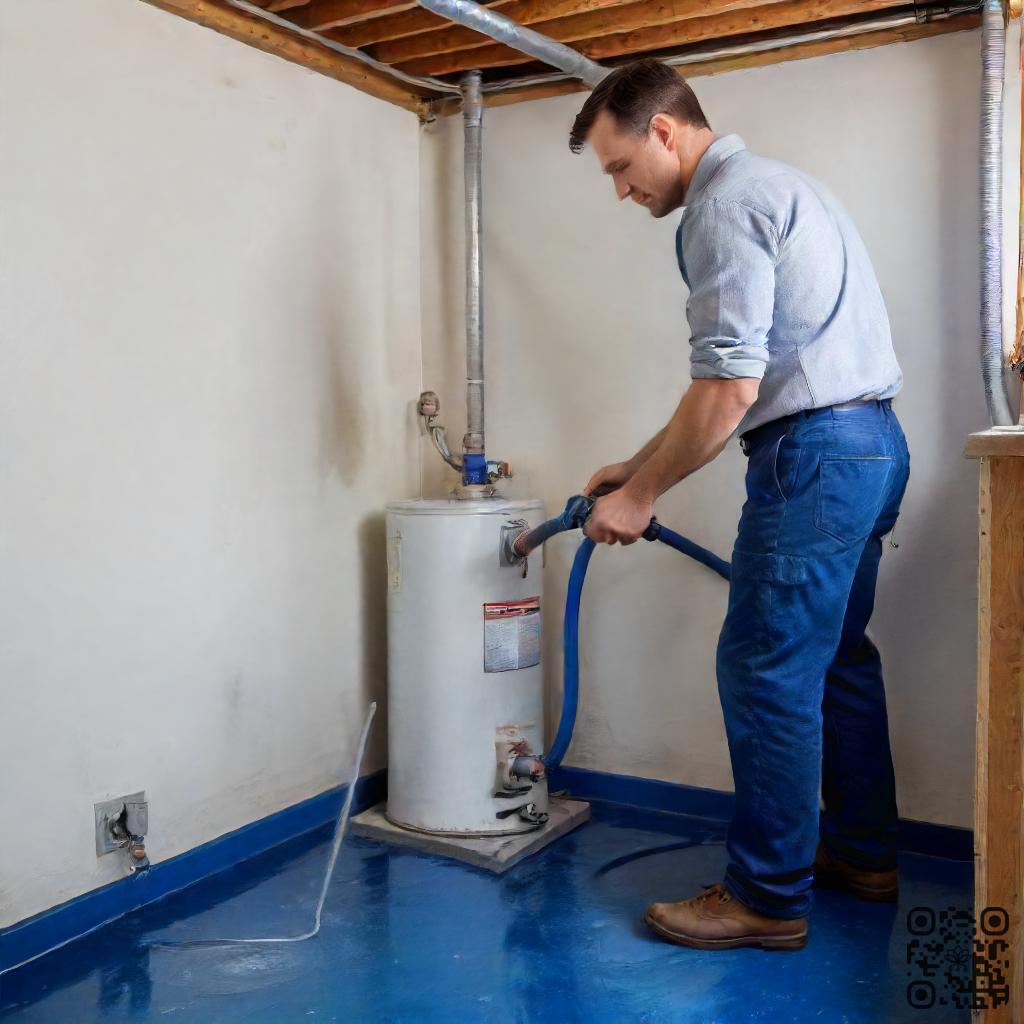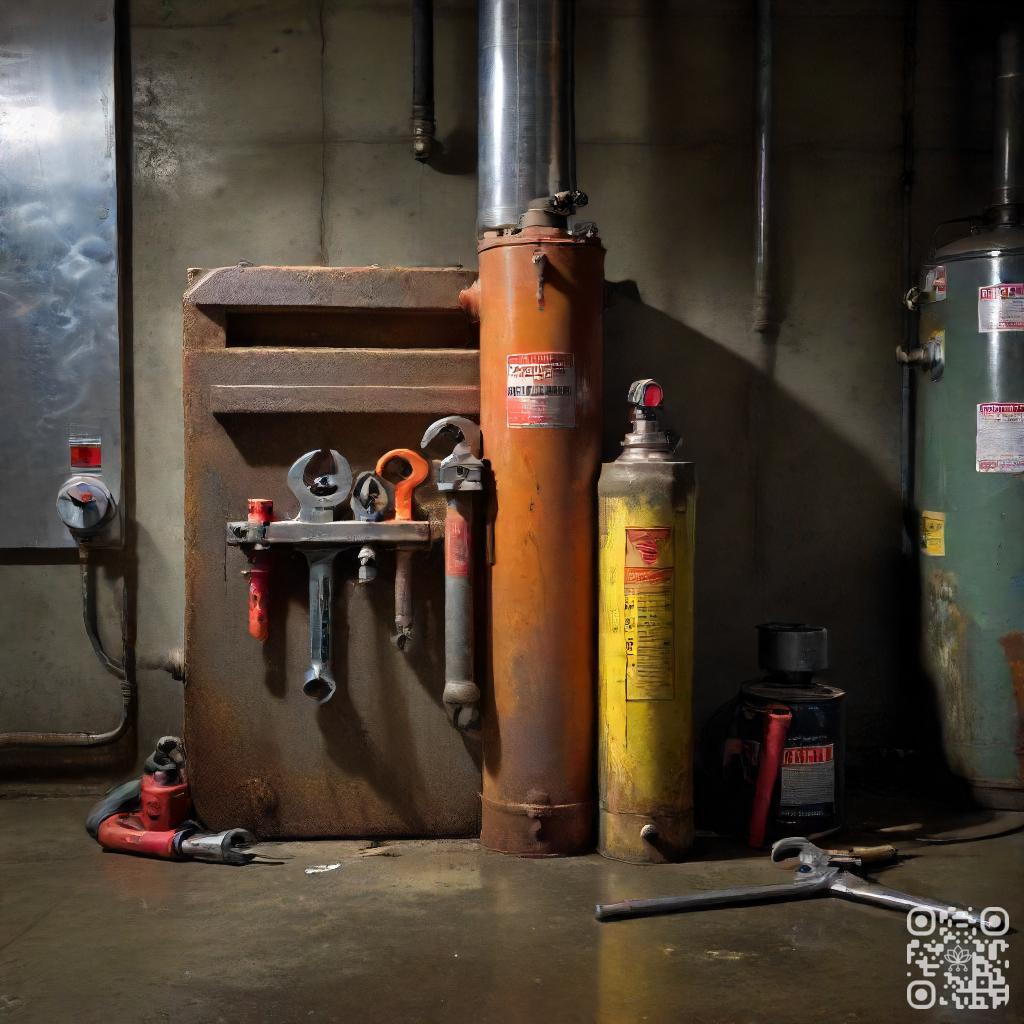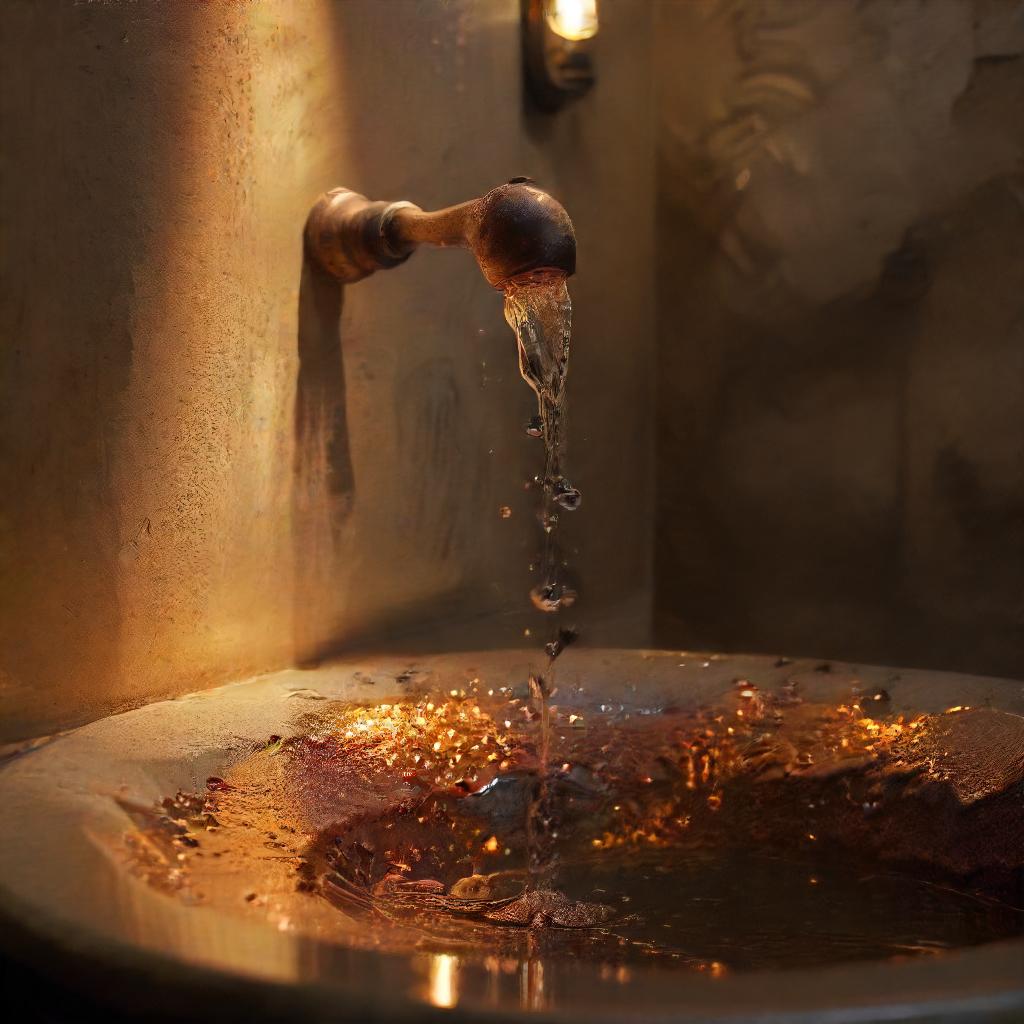
Flushing your water heater regularly is essential for its optimal performance and longevity. By removing sediment and mineral buildup, you can prevent clogs and maintain efficient heating.
The frequency of flushing depends on various factors, such as the water quality in your area and the size of your water heater. As a general rule, it is recommended to flush your water heater once a year.
Nonetheless, if you notice signs of reduced hot water flow or strange noises coming from your heater, it may be necessary to flush it more frequently. Regular maintenance will ensure that your water heater continues to provide reliable hot water for your household needs.
Signs that your water heater needs flushing
1. Discolored or cloudy water
Discolored or cloudy water flowing from your taps can be a clear indication that your water heater requires flushing. This discoloration is often caused by sediment buildup in the tank, which can affect the quality of the water. It is essential to address this issue promptly to ensure the water heater’s optimal performance and the quality of the water supply.
2. Strange noises from the water heater
Unusual sounds emanating from your water heater, such as popping, rumbling, or banging noises, could signal the presence of sediment accumulation. As the sediment settles at the bottom of the tank, it can lead to overheating and ultimately cause these disruptive sounds. Flushing the water heater can help eliminate the sediment, thereby reducing the occurrence of these noises and preserving the appliance’s longevity.
3. Reduced hot water supply
If you notice a significant decrease in the amount of hot water available, it may be attributed to sediment buildup in the water heater. The accumulation of sediment can impede the heating process, resulting in reduced hot water supply. Flushing the water heater can effectively remove the sediment, allowing for improved hot water distribution throughout your household.
4. Foul odor from the water heater
A foul or unpleasant odor emanating from the hot water taps can be indicative of bacterial growth within the water heater. This issue is often exacerbated by sediment accumulation, creating an environment conducive to bacterial proliferation. Flushing the water heater can help eliminate the sediment and mitigate the presence of foul odors, ensuring the delivery of clean and odor-free hot water.
Steps to flush a water heater
Flushing a water heater regularly is an essential maintenance task that ensures its optimal performance and prolongs its lifespan. By abiding by these simple steps, you can easily flush your water heater and keep it in excellent condition.
1. Turn off the power supply
The first step in flushing a water heater is to turn off the power supply. This is crucial to avoid any accidents or damage to the heating elements. Locate the circuit breaker or switch that controls the water heater and switch it off.
2. Turn off the water supply
Next, you need to turn off the water supply to the water heater. Look for the shut-off valve, usually located near the top of the water heater, and close it to stop the flow of water into the tank.
3. Drain the tank
Once the power and water supply are turned off, it’s time to drain the tank. Connect a garden hose to the drain valve located at the bottom of the water heater. Place the other end of the hose in a suitable drainage area or a bucket.
4. Flush the tank
Open the drain valve and let the water flow out of the tank. This will remove any sediment or debris that has accumulated at the bottom of the tank. Allow the water to flush out completely until it runs clear.
5. Refill the tank
After the tank is completely drained, close the drain valve and remove the hose. Turn on the water supply to the water heater and allow the tank to refill. Make sure to open any hot water faucets in your home to release any air trapped in the system.
Following these steps will help you flush your water heater effectively, ensuring its optimal performance and preventing any potential issues in the future. Regular maintenance is key to keeping your water heater in top shape and providing you with reliable hot water.
Tools required for flushing a water heater
Flushing a water heater is an important maintenance task that helps to keep your water heater functioning efficiently and prolong its lifespan. To successfully flush your water heater, you will need the following tools:
1. Garden hose
A garden hose is essential for flushing out the sediment and debris that accumulates at the bottom of your water heater tank. The hose allows you to safely and effectively drain the water heater.
2. Bucket
A bucket is necessary to collect the water and sediment that you drain from the water heater. This will prevent any mess and make the process more convenient.
3. Screwdriver
A screwdriver is needed to open the drain valve on the water heater. This valve allows you to control the flow of water during the flushing process.
4. Gloves
Wearing gloves is important to protect your hands from hot water and any sharp edges or surfaces on the water heater. It is essential for your safety during the flushing process.
5. Goggles
Goggles are recommended to protect your eyes from any splashing water or debris that may occur during the flushing process. Safety should always be a priority.

Frequency of Flushing a Water Heater
In the realm of maintaining your water heater, one important aspect to consider is the frequency of flushing. Flushing your water heater at regular intervals can help improve its efficiency, extend its lifespan, and ensure that you have a consistent supply of hot water. In this section, we will ponder the factors that affect the frequency of flushing, common guidelines for flushing, and manufacturer’s recommendations.
Factors that Affect the Frequency of Flushing
Several factors can influence how often you should flush your water heater. These include:
- The type of water in your area: If your water supply has a high mineral content, such as hard water, it can lead to a buildup of sediment in your water heater tank. This sediment can affect the heater’s efficiency and increase the likelihood of corrosion.
- Usage and demand: The more frequently you use hot water, the more sediment can accumulate in the tank. If you have a large household or frequently use hot water for activities like laundry or dishwashing, you may need to flush your water heater more often.
- Age of the water heater: Older water heaters may require more frequent flushing as sediment buildup tends to increase over time.
Common Guidelines for Flushing a Water Heater
At the same time the specific frequency of flushing may vary depending on the factors mentioned above, there are some general guidelines to follow:
- Flushing your water heater at least once a year is typically recommended. This can help remove any sediment or mineral buildup and keep your water heater functioning optimally.
- If you have particularly hard water or notice reduced hot water flow, it may be necessary to flush your water heater more frequently, such as every six months.
- Always consult your water heater’s manufacturer guidelines for specific recommendations based on the model and type of water heater you have.
Manufacturer’s Recommendations
Manufacturers often provide specific instructions on how often to flush their water heaters. These recommendations can vary depending on the brand and model of your water heater. Essential to refer to the manufacturer’s manual or website for the most accurate and up-to-date information on flushing frequency.
| Manufacturer | Flushing Frequency Recommendation |
|---|---|
| Rheem | Every 12 months |
| Rinnai | Every 6 months |
| A. O. Smith | Every 18 months |

Benefits of hiring a professional to flush your water heater
1. Expertise and experience
In the realm of flushing your water heater, hiring a professional can provide you with the expertise and experience needed to ensure the job is done correctly. They have the knowledge to understand the specific requirements of your water heater and can tailor the flushing process accordingly. This expertise can help prevent any potential damage or issues that may arise from improper flushing.
2. Time-saving
Flushing a water heater can be a time-consuming task, especially if you’re not familiar with the process. By hiring a professional, you can save valuable time that can be better spent on other important tasks. Professionals have the necessary tools and equipment to efficiently flush your water heater, allowing you to get back to your daily routine without any unnecessary delays.
3. Safety precautions
Flushing a water heater involves working with hot water and potentially hazardous chemicals. It’s important to take proper safety precautions to avoid any accidents or injuries. Professionals are trained in handling these situations safely and have the necessary protective gear to minimize any risks. By hiring a professional, you can ensure that the flushing process is carried out with utmost safety in mind.
4. Warranty protection
Many water heaters come with warranties that require regular maintenance, including flushing. Hiring a professional to flush your water heater ensures that the maintenance is performed according to the manufacturer’s guidelines. This not only helps keep your warranty valid but also provides you with peace of mind knowing that your water heater is being properly cared for.
Bottom Line
Flushing your water heater is an essential maintenance task that should be done at least once a year. Neglecting this task can lead to sediment buildup, reduced efficiency, and even damage to your water heater. Although, the frequency of flushing may vary depending on the hardness of your water, the size of your tank, and the age of your water heater. It’s best to consult your manufacturer’s instructions or a professional plumber to determine the ideal flushing schedule for your specific water heater. Regular flushing can extend the life of your water heater, improve its performance, and save you money on energy bills in the long run.
Remember, prevention is always better than cure. So, make sure to schedule regular maintenance for your water heater to avoid any unexpected breakdowns or costly repairs. By taking care of your water heater, you can ensure a steady supply of hot water for your household needs and enjoy peace of mind knowing that your appliance is functioning at its best.
Read More:
1. What Happens If I Don’t Flush My Water Heater?
2. Can I Flush My Water Heater With Vinegar?











